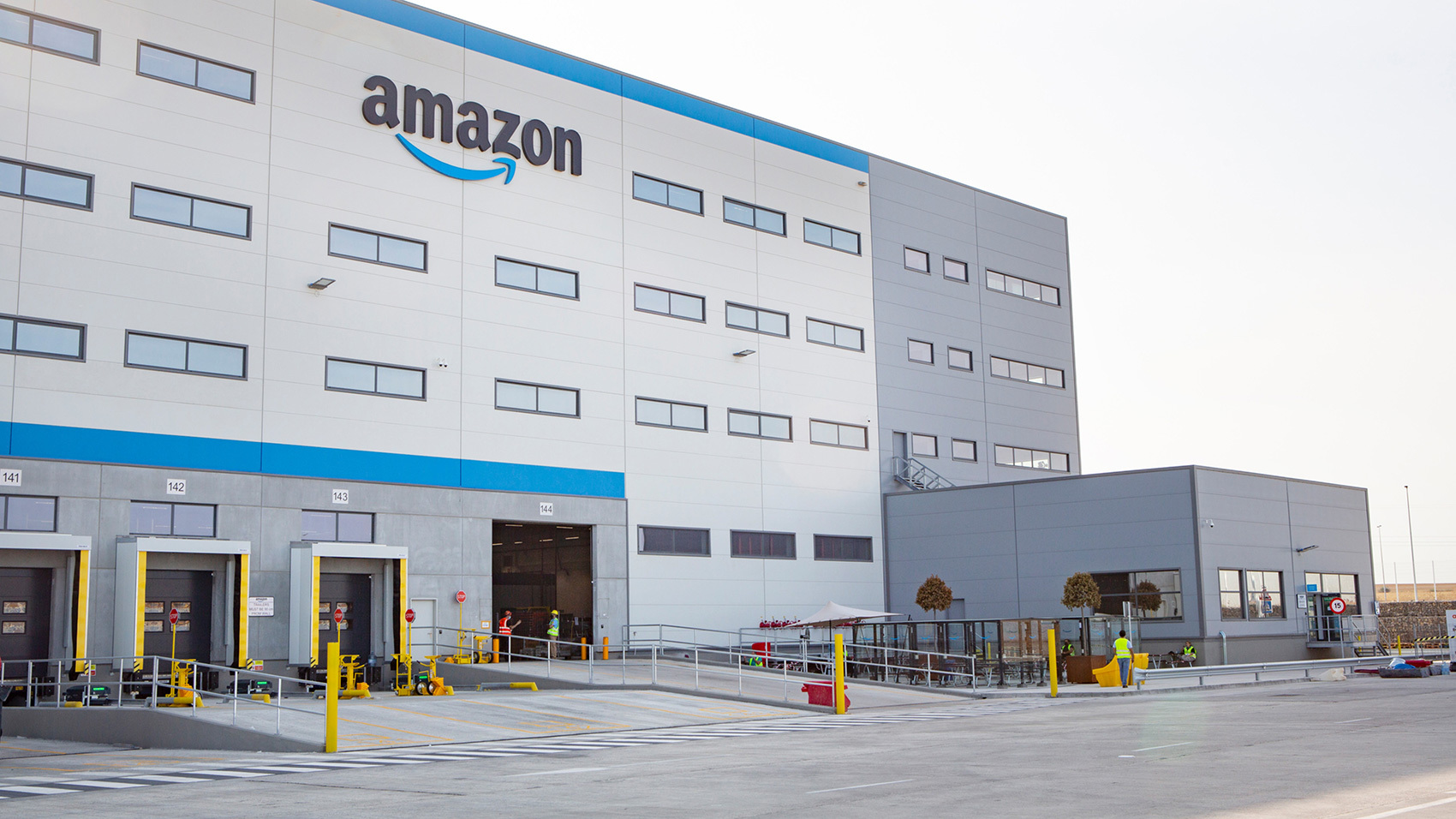Footprint
The planned facility will focus on producing a wide array of home appliances, including refrigerators, washing machines, microwaves, and air conditioners—products that continue to see rising demand from India’s rapidly growing middle class. By localizing production, LG aims to reduce import dependency, lower logistics costs, and offer faster delivery cycles and more competitive pricing for Indian consumers.
With India’s domestic appliance market expected to cross $30 billion by 2030, this investment couldn’t come at a better time.
🔄 Supply Chain Transformation and Local Sourcing Push
From a supply chain standpoint, LG’s decision has far-reaching implications. The new facility will:
Enhance local vendor development by integrating Indian suppliers into its global sourcing strategy
Support logistics efficiency by reducing lead times and customs dependencies
Promote just-in-time (JIT) practices in manufacturing, warehousing, and distribution
Contribute to backward integration by boosting demand for local components and raw materials
This move is expected to unlock new opportunities for MSMEs, third-party logistics (3PL) providers, warehousing firms, and technology vendors that support automation and inventory management.
🌍 Aligning with Global Realignment of Supply Chains
LG’s India expansion comes at a time when global manufacturers are actively diversifying their supply chains amidst rising geopolitical tensions and lessons from the pandemic. India, with its favorable policy ecosystem, Production Linked Incentive (PLI) schemes, and growing focus on infrastructure development, has emerged as a preferred alternative to China for many multinational corporations.
This investment reflects how India is now being viewed not just as a consumption market but as a manufacturing powerhouse capable of supplying global demand.
💼 Economic & Employment Boost
Apart from its manufacturing potential, the project is expected to generate thousands of new jobs, both directly at the plant and indirectly across the supply and distribution chain. Additionally, it will strengthen skill development in technical and engineering roles, giving a boost to India’s efforts in building a future-ready workforce.
🔍 Why Supply Chain Leaders Should Take Note
Local Production for Local Consumption – Shortens the supply chain and reduces risk.
Vendor Ecosystem Development – Opportunity for Indian MSMEs to become part of a global value chain.
Infrastructure Upgrade – Stimulates logistics, warehousing, and transport innovation in surrounding regions.
Digital Supply Chain Integration – Opens up scope for tech adoption in planning, procurement, and delivery cycles.
📢 Final Thoughts
LG’s $600 million investment is more than a manufacturing story—it’s a supply chain transformation narrative that speaks to India’s rising importance on the global stage. It also sets a precedent for other global companies looking to integrate deeper with India’s production and logistics networks.
.png)
.png)







